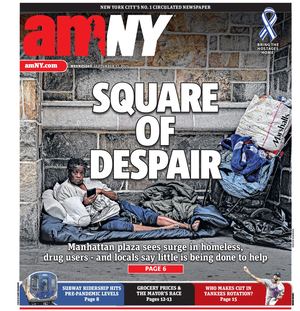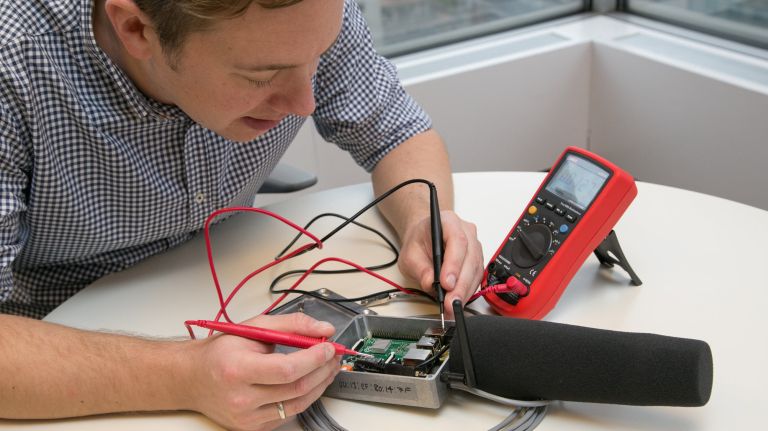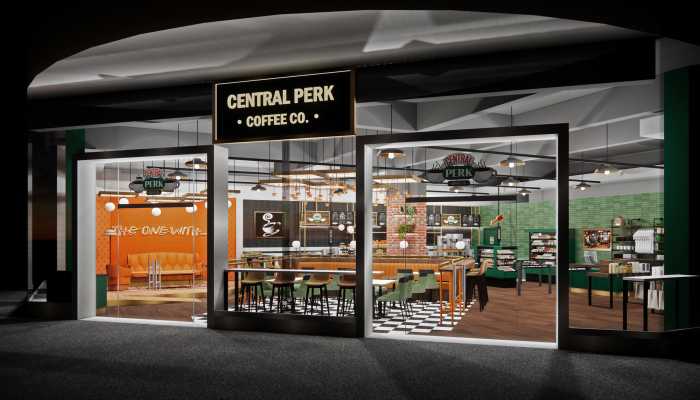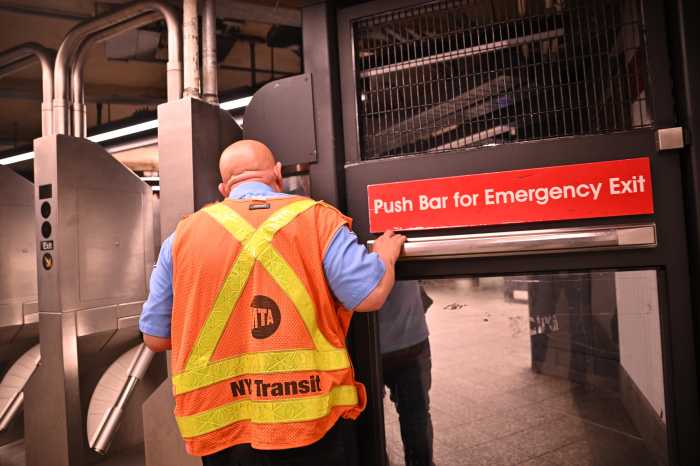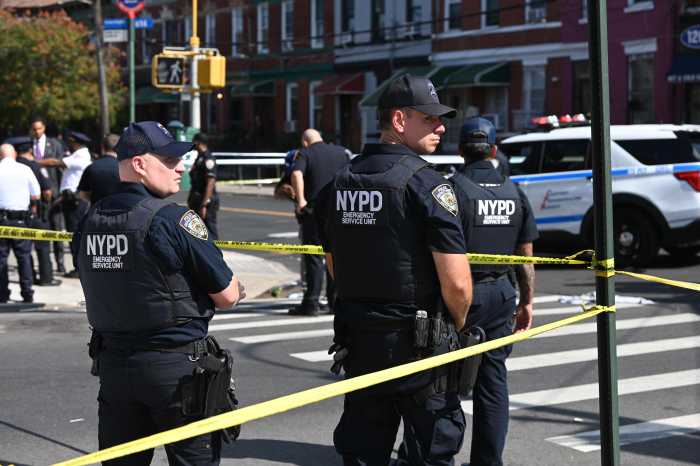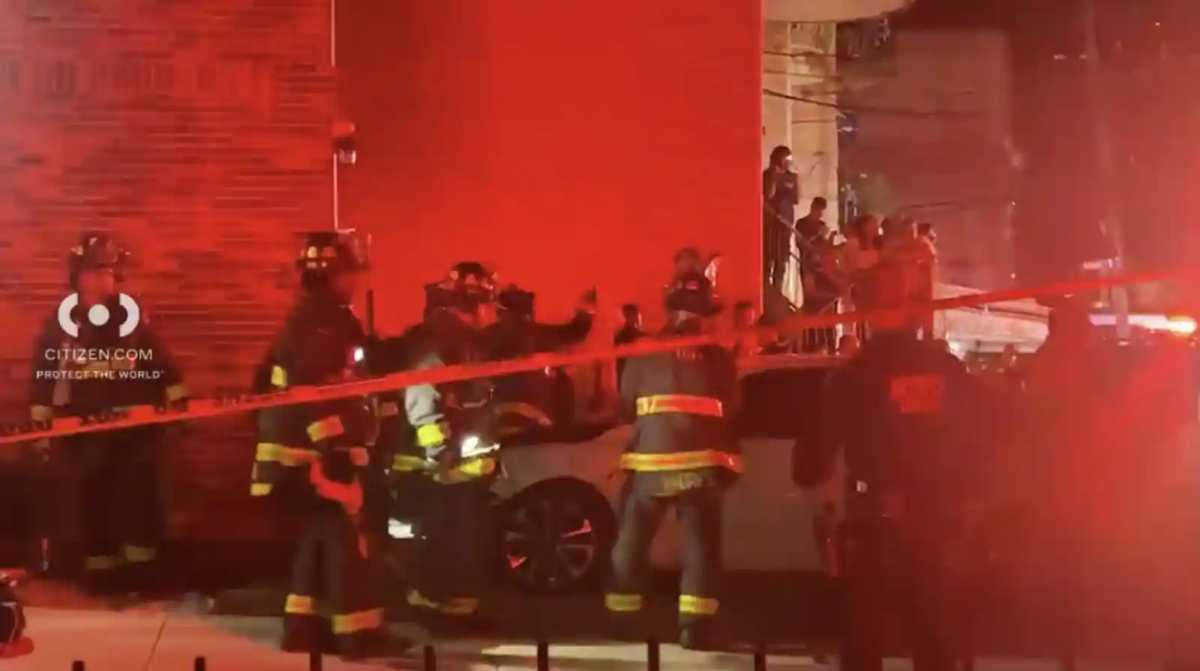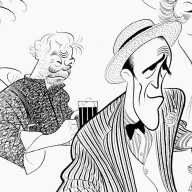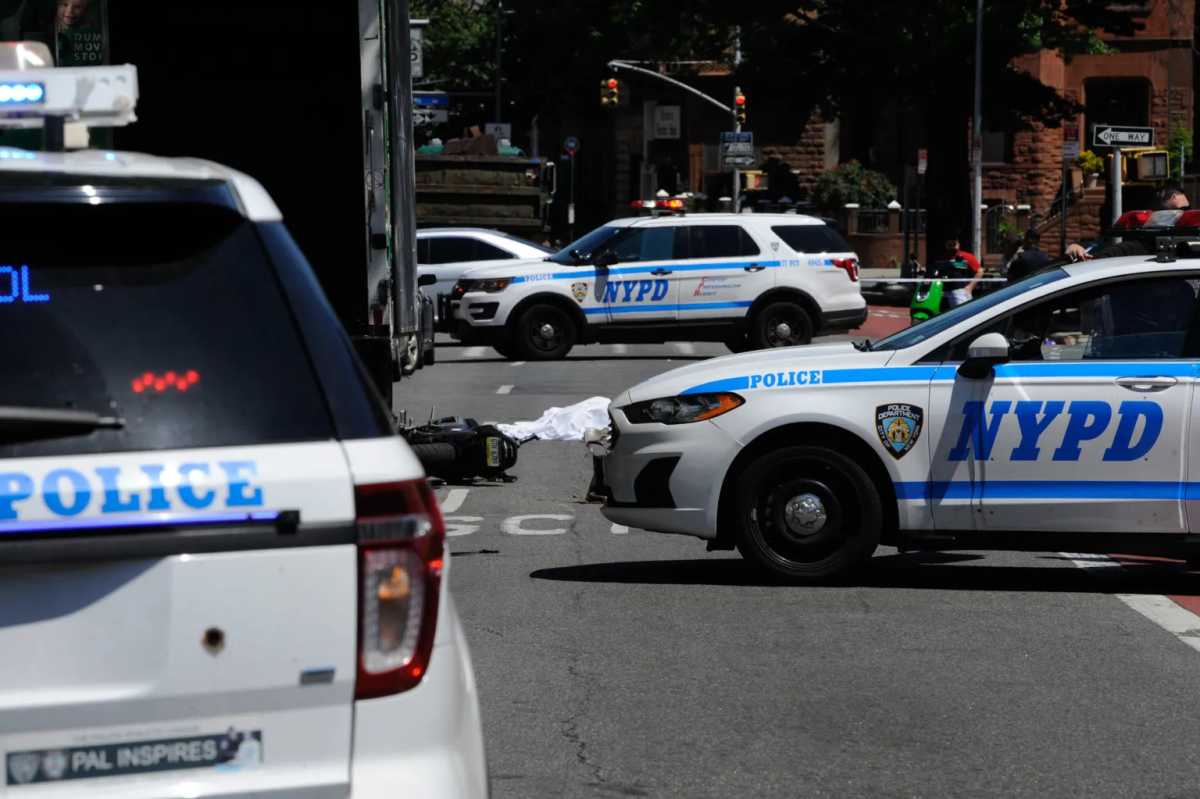
Researchers from New York University have spent over two years collecting sounds from the streets and sidewalks of the city.
Now it’s time to figure out which noises they captured.
Is that a jackhammer? A wailing baby? A frustrated driver leaning on a horn?
And you can help.

“Who better to ask than New Yorkers?” said Mark Cartwright, a research scientist at NYU’s Center for Urban Science and Progress.
Cartwright and his colleagues working on The Sounds of New York City Project are looking for volunteer citizen scientists to review 10-second snippets of sound.
It’s as easy as logging into a website, putting on some headphones and selecting from a menu of options.
They are making the audio available at Zooniverse, a citizen science web portal. So far, over 700 people have signed on to participate, but more are needed — about 3,500 overall.
Cartwright said researchers are really looking for the expertise that New Yorkers can bring.

“Because of their context of living in New York, they might recognize some sounds other people wouldn’t,” Cartwright said. “You may know the difference between how a street cleaner sounds and a powered saw. Someone who doesn’t live here might not recognize some of these sounds.”
The project is a collaboration between scientists from NYU and Ohio State University to monitor, analyze and mitigate noise pollution in the city. A $4.6 million grant from the National Science Foundation is funding the work, which kicked off in 2016.
Loud and irritating noise ranks up there with sluggish subways among New Yorkers’ top complaints. The city’s 311 line is regularly flooded with calls from fed-up people looking for relief from noisy neighbors, construction, barking dogs and neighborhood bars and clubs.
According to a brief issued by the city Health Department in 2016, four in 10 New Yorkers said their activities were disrupted by noise outside their homes at least once in the previous three months. About half of those people said those disruptions happen three or more times a week.
The impact of noise is especially troubling for people who have physical or mental health issues as well as other stressful life events, the department said.
Despite efforts by the city in recent years —— including a revamp of the noise code — enforcement remains a difficult endeavor.
The NYPD responds to complaints about noise coming from clubs, bars, businesses and vehicles while the city Department of Environmental Protection responds to complaints about construction sites, food trucks and rooftop circulation devices.
“New York is the city that never sleeps but unreasonable levels of noise can affect quality of life, which is why DEP supports this citizen science effort and its goal to aid in noise enforcement,” DEP Deputy Commissioner for Sustainability Angela Licata said in a statement.
Cartwright said about 60 sensors have been set up around the city, mostly in Manhattan, since 2016. Collectively, the sensors have recorded 35 years of audio data. The next step is to analyze and find patterns in the data, he said.
“To do this at scale, we are going to train machine listening models to detect sound events related to urban noise, but need annotated data to do so,” he said.
By identifying the sounds, citizen scientists are actually helping to train machine listening models to recognize them.
Scientists at NYU pointed out that current technology is unable to isolate sounds that are the basis of many complaints. As more data are annotated, sensors and technology can learn to identify specific sounds.
For example, investigators from the DEP could more accurately track noise complaints if the smart sensors were able to classify those sounds through an algorithm.
“Noise is a transient thing,” Cartwright said. “The city has put a lot of effort into enforcement, but they have only so many resources. We want to help them better utilize those resources.”
